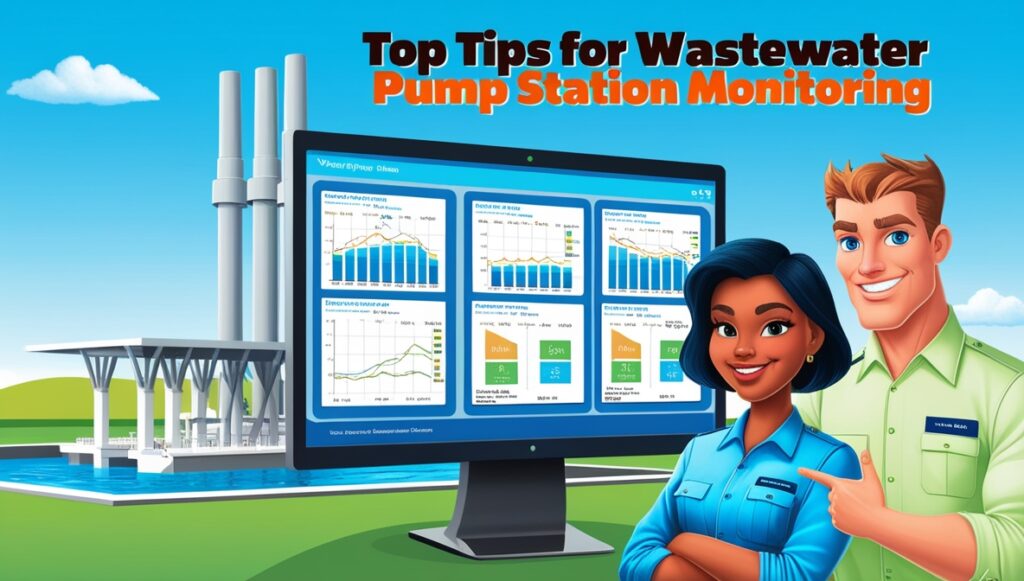Wastewater pump stations are essential to maintaining efficient sewage management, ensuring that wastewater is transported safely from homes and businesses to treatment facilities. Proper monitoring of these stations is crucial to prevent overflows, equipment failures, and environmental hazards. Here are the top tips for effective wastewater pump station monitoring.
Prioritize Predictive Maintenance
Instead of relying on a fixed maintenance schedule, adopt a predictive maintenance approach. This method uses real-time data to identify potential issues before they escalate. By monitoring parameters like pump vibration, motor temperature, and fluid levels, operators can anticipate problems and perform maintenance only when necessary, reducing downtime and saving costs.
Use Advanced Sensor Technologies
Modern sensor technology can significantly enhance wastewater pump station monitoring. Sensors that track flow rates, pressure, and chemical composition provide accurate, real-time data. For example, pressure sensors can detect clogs or leaks, while flow meters ensure pumps operate efficiently. These sensors, designed for harsh environments, are vital for proactive system management.
Implement Remote Monitoring Systems
Remote monitoring allows operators to oversee pump stations from a centralized location. Using IoT-enabled devices, data from various sensors is transmitted in real time, providing insights into pump performance and system health. Remote monitoring systems can also send alerts for abnormal readings, enabling quick responses to potential problems.
Optimize Energy Management
Energy consumption is a major cost in pump station operations. Monitoring energy usage and optimizing pump schedules can reduce electricity expenses without compromising performance. Variable frequency drives (VFDs) are an excellent tool for adjusting pump speed based on demand, ensuring efficient energy use.
Enhance Security Measures
With increasing digitization, cybersecurity is critical. Ensure your monitoring system is protected with strong passwords, data encryption, and regular software updates. Access control measures and network segmentation further enhance security, protecting critical infrastructure from unauthorized access.
Regular Staff Training and Skill Development
Technology is only as effective as the people managing it. Regular training sessions help operators stay updated on new monitoring tools and best practices. Encourage skill development and create a culture of proactive problem-solving within the team.
Maintain Clear Documentation
Documenting maintenance activities, sensor readings, and system updates is essential for tracking system performance and identifying patterns. Regular reports also ensure compliance with regulatory standards and support informed decision-making.
Plan for Scalability
As urban areas expand, wastewater systems must keep pace. Design monitoring systems that can easily integrate with new equipment and technologies. Scalable solutions ensure your monitoring capabilities grow alongside your infrastructure needs.
Prioritize Environmental Compliance
Wastewater pump station monitoring should align with environmental regulations. Real-time monitoring of discharge quality and chemical levels ensures compliance with local standards. Automated reporting can simplify regulatory documentation, minimizing the risk of violations.
Regularly Inspect and Maintain Equipment
Routine inspections ensure that all components, from sensors to pumps, operate optimally. Create a maintenance checklist and schedule to avoid overlooked issues. Regular inspections also help identify wear and tear before they lead to costly repairs.
In conclusion, effective wastewater pump station monitoring is a combination of advanced technology, skilled personnel, and proactive maintenance strategies. By following these tips, you can enhance system reliability, reduce operational costs, and ensure environmental compliance.


